ICT Testing Baseline for Web
Introduction
This document contains baseline tests for conformance to Revised 508 Standards for Web, which incorporates by reference the WCAG 2.0 Level A and AA Success Criteria. The baseline tests establish the minimum tests and evaluation guidance that determine whether Web content meets Section 508 requirements. The ICT Testing Baseline is not intended to be a test process itself.
Federal agencies (and other groups) are at liberty to develop test processes that incorporate all the baseline tests. Agencies have the option to streamline and combine tests if needed. Although agencies may include non-baseline tests in their processes, all test processes that claim to align to this baseline must include all baseline tests and provide baseline test results. The baseline test results will enable trust in sharing of test results. Test processes aligned to the baseline will produce the same baseline test results and will provide consistency across government and confidence in test results shared between agencies. Agency-specific non-baseline tests must be identified, and these results must be reported separately from the baseline results.
Use of the ICT Testing Baseline will harmonize testing processes for Section 508 conformance. Test processes that align with this Baseline will produce test results that followed known evaluation procedures.
Updates in this Baseline
A change history is available in Appendix B - Change Log.
Background
The first version of the harmonized baseline was developed in 2009 to establish consistency in Section 508 conformance testing within the US federal government. More details of that effort and outcome are available in the “Harmonized Testing Process for Section 508 Compliance: Baseline Tests for Software and Web Accessibility”. The Baseline was developed as part of a collaborative project between the accessibility teams at the US Department of Homeland Security (DHS) and the US Social Security Administration (SSA).
The result of this collaboration was an agreed upon, harmonized baseline tests from two agencies that tested for accessibility quite differently. DHS went on to use the Baseline to develop the Trusted Tester test process (version 3). Both the Baseline and DHS Trusted Tester test process were identified as best practices by the Federal Chief Information Officers Council Accessibility Community of Practice.
In January of 2017, the U.S. Access Board released the final rule to revise the Section 508 standards from 2001. The Revised Section 508 Standards reference the World Wide Web Consortium’s (W3C) Web Content Accessibility Guidelines (WCAG) 2.0, Level (A) and (AA) Success Criteria and conformance requirements as the “new” Section 508 standards for Web content. The ICT Testing Baseline for Web was originally developed as the foundation to update the DHS Trusted Tester test process. With the Trusted Tester process and training completed, the ICT Testing Baseline Working Group (ITBWG) resumed efforts to finalize the Baseline and continue promoting the Baseline as a unified foundation for conformance test processes to improve 508 testing across government. The ITBWG is led by US federal government representatives from and the .
With the 508 refresh in 2017 and a change to the Section 508 requirements, the Baseline was updated to incorporate the Revised Section 508 Standards (and WCAG 2.0 Level A and AA). The ICT Testing Baseline for Web, which specifies what must be evaluated for Section 508 conformance, can be used to develop comprehensive test methodologies for Web content. However, the Baseline can be used for more than test process development.
Federal agencies that have a Section 508 test process can also use the Baseline for Web to determine how well their test process accurately evaluates for all Section 508 requirements. Updates were made to the Baseline to prepare it for use and adoption by all federal agencies. With more test processes aligned to the Baseline, test results from these processes will be more accurate and consistent, allowing agencies to share and trust each other’s accessibility test results.
The Baseline work was led by the US Access Board and General Services Administration (GSA) Government-wide IT Accessibility Program representatives with significant contributions from Department of Homeland Security.
Additional components are in development to support how agencies can verify alignment of their test processes with the ICT Baseline. Plans for developing the ICT Testing Baseline Portfolio include coverage for software, hardware, mobile, and other types of ICT that have applicable Section 508 requirements.
Revised 508 Standards
Federal agencies were required to comply with the Revised 508 Standards by January 2018, which incorporate by reference the WCAG 2.0 Level A and AA Success Criteria. The ICT Testing Baseline for Web applies the WCAG 2.0 Level A and AA Success Criteria and Revised Section 508 requirements for media players (415.1, 415.1.1, 415.1.2).
The W3C released WCAG 2.2 during this baseline development period. While Section 508 does not incorporate WCAG 2.2, the Baseline tests reference the 2.2 versions of WCAG Understanding articles for the improved explanations and clarification of requirements.
Tools Agnostic
The Baseline for Web does not identify testing tools. Each baseline test identifies the accessibility requirement it will test, content to be tested, and instructions for determining a test outcome. No tools are identified to help perform the tests. This tool-agnostic baseline enables test processes to be developed using the evaluation concepts and is open to use of any testing tools that can help produce consistent testing outcomes that align with the baseline.




 Open a Github issue
Open a Github issue Email Us
Email Us